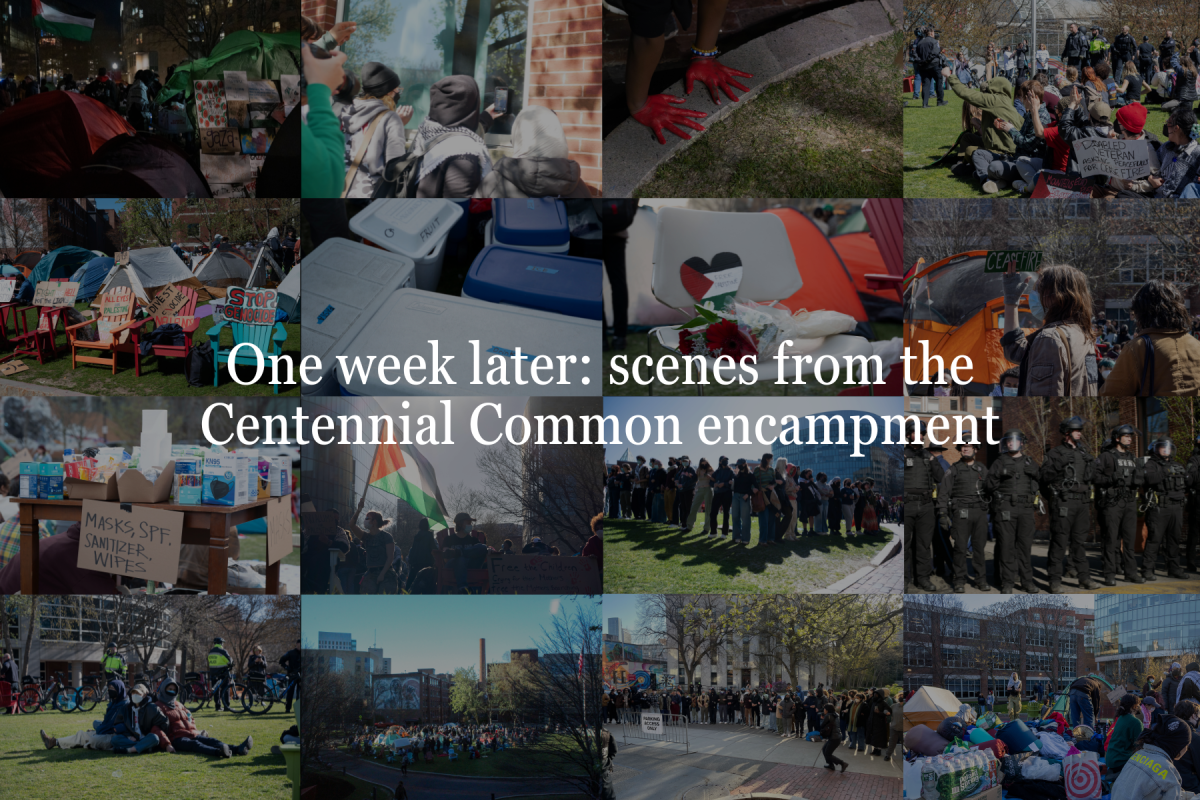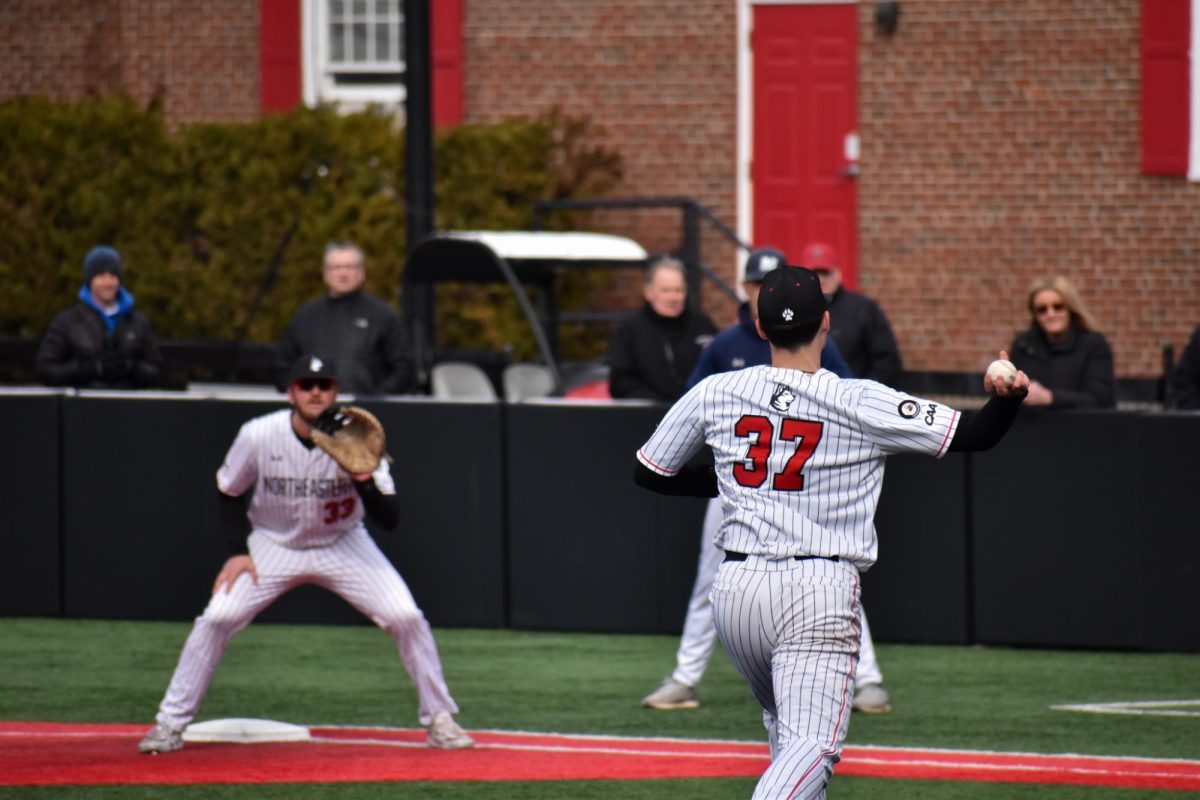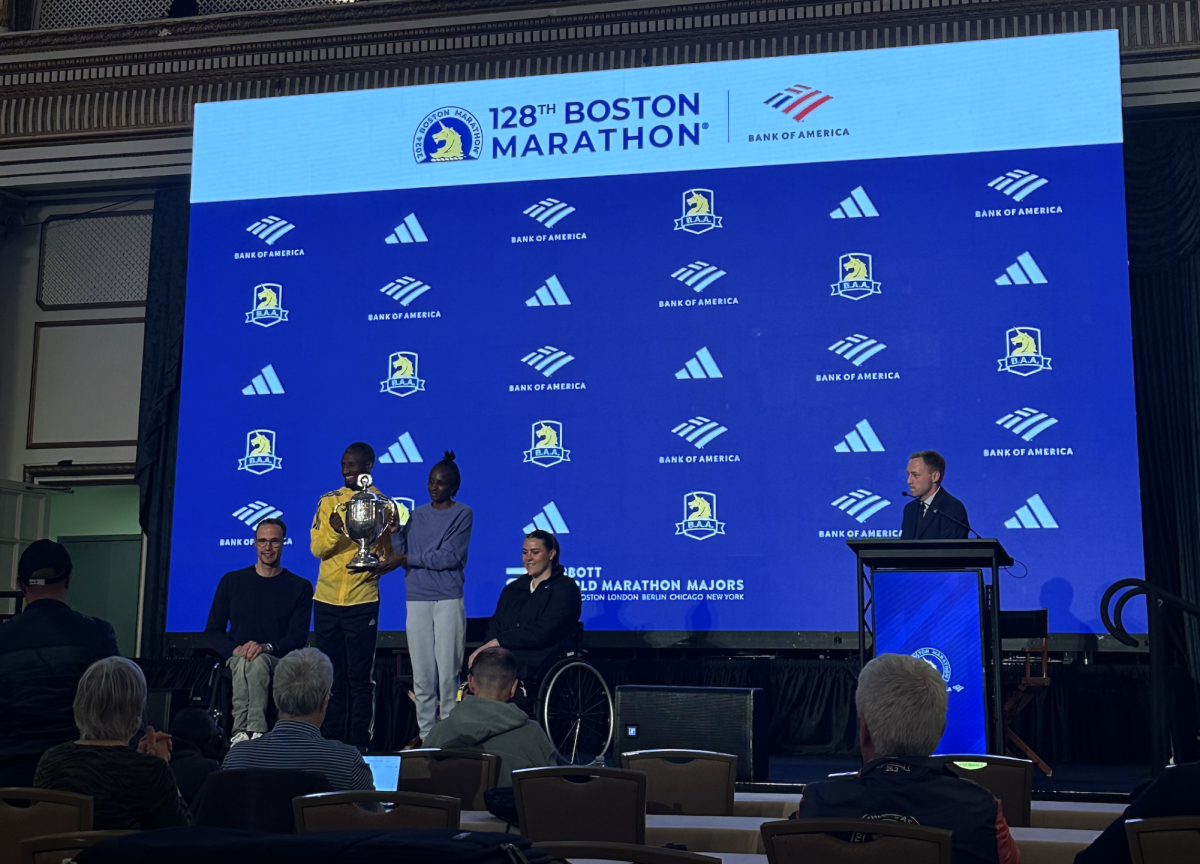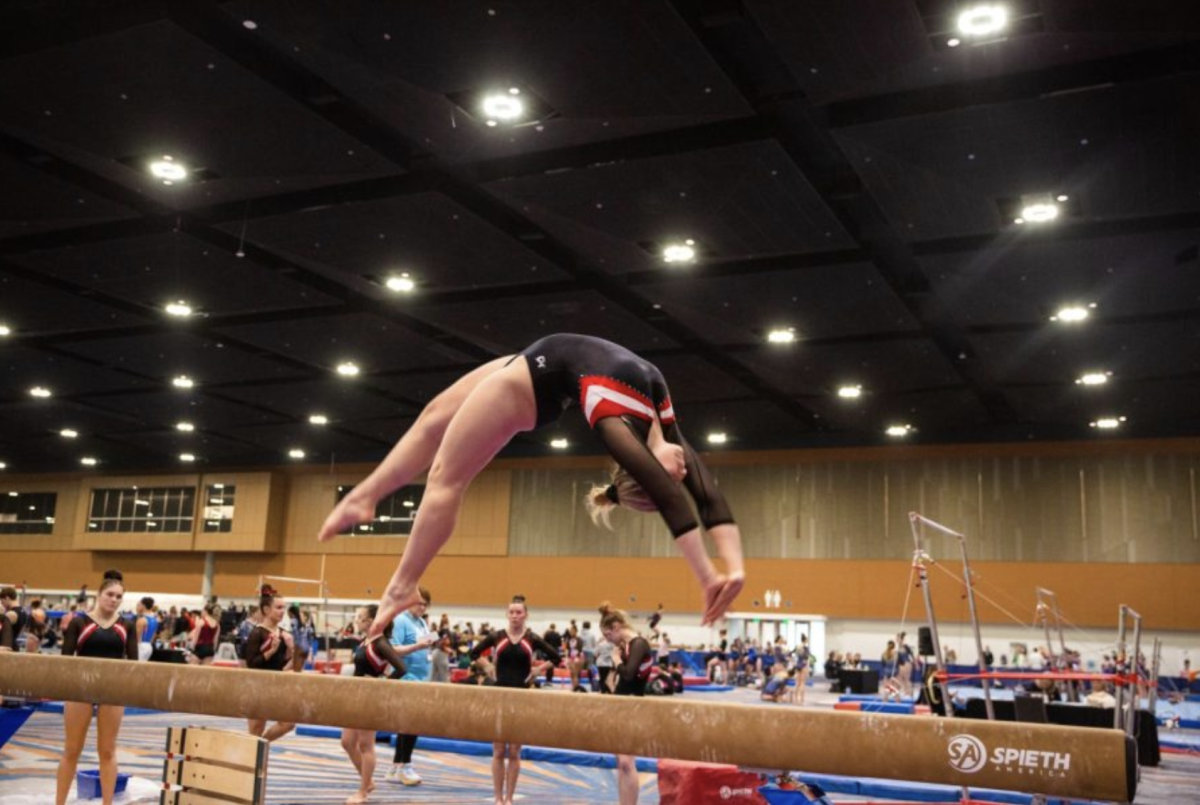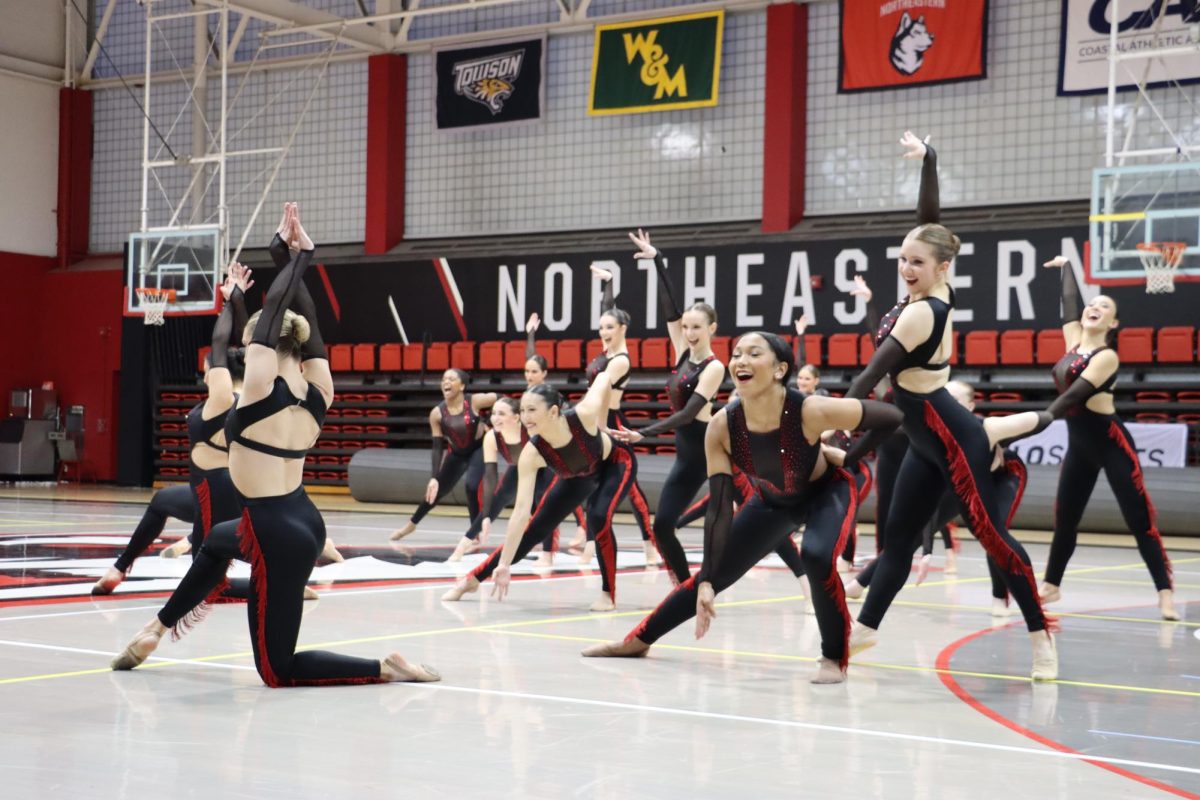As of the publication of this article, defenseman Dwight Howard remains a member of the Orlando Magic. Suffice it to say, I’m surprised, especially after seeing how quickly the Hornets caved in to point guard Chris Paul.
These two dramas have dominated NBA headlines this season, but they are the tip of the iceberg when it comes to star players turning the tables on general managers.
Recently, the league has seen more of its stars commandeering team building control away from the front office by orchestrating their own personal powerplays.
The catalyst for this power shift was the inception of the “unselfish-selfish player” movement. The league has seen a staggering rise in players choosing to take pay cuts to join other stars while abandoning their NBA beginnings.
This first began when aging stars Karl Malone, at the time, 40-years-old and Gary Payton, 35, joined Kobe Bryant and Shaquille O’Neal in Los Angeles to make a title run. The Celtics took this approach one step further by augmenting Paul Pierce with Kevin Garnett, 31, and Ray Allen, 32, both in the tail end of their primes. Miami upped the ante with Lebron James and Chris Bosh, both then 26, teaming up with Dwayne Wade to form basketball’s under 30 holy triumvirate. The list goes on: the Knicks brought on Amar’e Stoudamire, 28, and Carmelo Anthony, 27, and most recently the Clippers acquired Chris Paul, 26, to complement the already barely human Blake Griffin.
I went through the timeline not only to illustrate the traction this approach to team building is gaining, but to reveal the trend of players turning to it earlier in their career. The four (likely) hall of famer lineup in Los Angeles was a one-year experiment, now an oft-forgotten afterthought in the careers of Malone and Payton. Allen and Garnett cemented their legacies as Celtics, while Lebron and Bosh are just beginning to start establishing their own in Miami. Paul and Griffin are commencing their reign over an otherwise aging Western Conference.
What began as a last-ditch effort for aging veterans to make one more championship bid has become an over used precedent for malcontent young stars. Formerly, a player would stay with the team that drafted him for more than 10 years before becoming title-impatient and begin to shop their skills. After a very public standoff, Chris Paul and Deron Williams were both traded at age 26, as Dwight Howard is now lobbying for the same.
The problem with these “super teams” is this: with each formation, they send waves of paranoia through the NBA. Teams scramble to create room in the salary cap so three off-seasons from now they might be able to land the cornerstones of their own dynasty. Teams reading the writing on the wall turn into desperate panderers on par with a head-over-heels boyfriend prior to an imminent breakup.
Additionally, they make it nearly impossible for a single star squad to survive. One player can slot a team into a playoff position after bottom-feeding during the regular season, but will inevitably struggle against a deeper lineup in a long playoff series. It’s only a matter of time before Derrick Rose starts to realize the grass is greener if he doesn’t get a viable second option in Chicago.
The emergence of superteams has undeniably shifted the competitive climate and the nature of team building in the NBA. The NBA has always been a star-driven league, but in the past it was far less obvious. Seeing this unfold puts the lockout and shortened season into a totally different perspective.
It also shows that, beyond a certain threshold, money is no longer a factor. Miami’s big three took 20 percent pay cuts to play together. Perhaps that is the scariest revelation to NBA owners, especially those of mid-market teams in unattractive locations where their biggest assets are their checkbooks. While the league’s salary cap and tiered maximum contracts may seem well-intentioned, they are in effect handcuffing owners in places like Utah, Cleveland and Toronto.
Now that the league has moved this way, it’s hard to imagine a return to the simpler days. While it is fun to watch veritable all-star teams play night after night over the course of the regular season, I have to say I miss seeing two stars go head-to-head trying to lead their team to victory. After all, it was Bird vs. Magic, not Bird to Magic.
– Dylan Lewis can be reached at [email protected].




